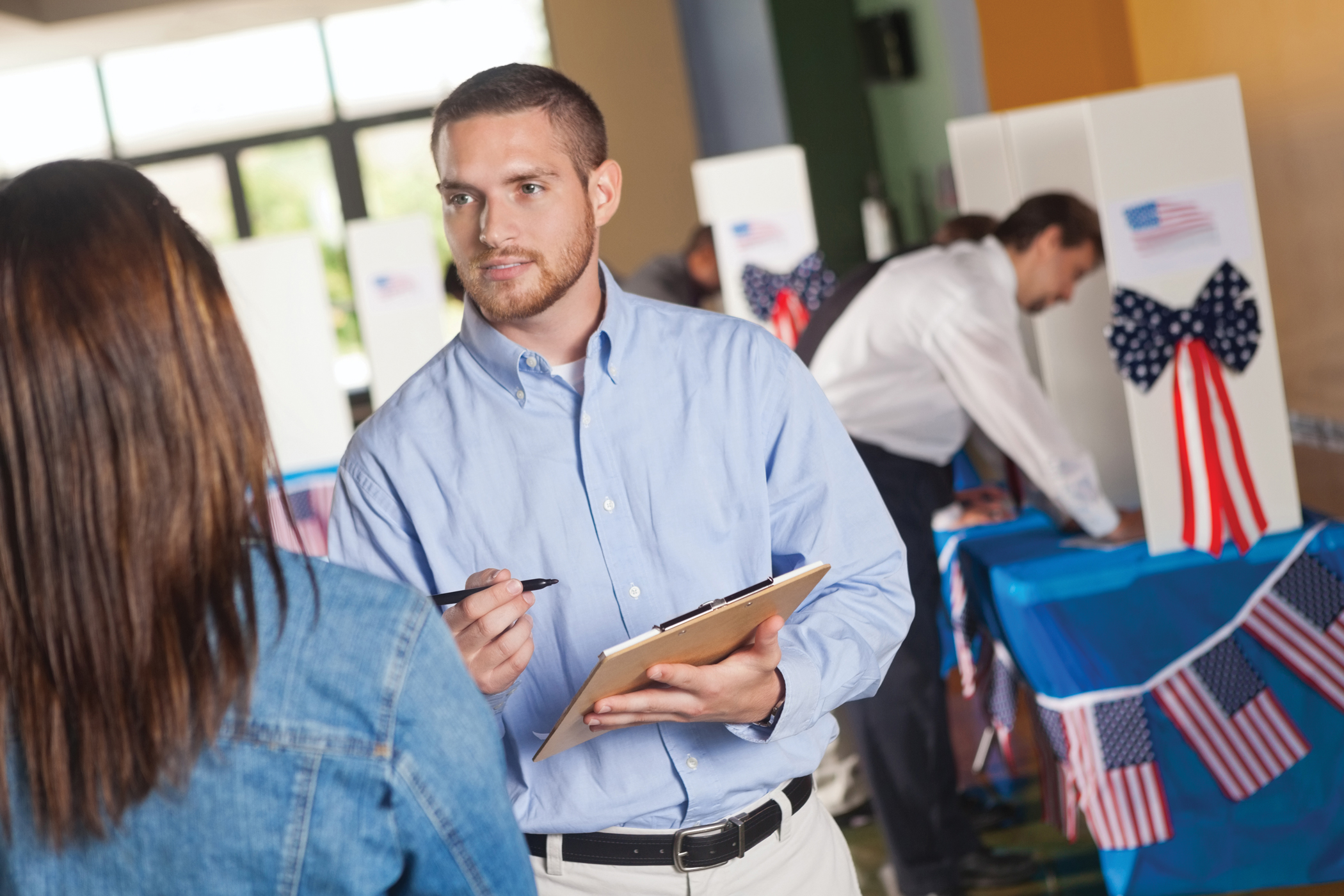
iStock







GRADE LEVEL: High School
COMMON CORE STANDARDS: Reading, Speaking and Listening, Language
From responding to surveys on social media to reading results from the latest election poll, we are inundated with information about what the public thinks about a variety of topics and issues. During elections, polls are used to provide information to the general public and for candidates to gain insight into their standing in the race. During the 2016 Presidential election, as many as four polls a day were released in the months leading up to the election.
A poll is a survey of public opinion that is based on a sampling of people. Opinions polls are conducted by asking questions of a smaller subset of people that represents the larger group. The data is compiled and generalizations are made about that group of people’s opinions, based on responses to those questions. During elections, polls are used to share information with the general public and for candidates to gain insight into their standing in a race.
Pollsters (people who design the polls) use “weighting” in order to adjust the results to match the population being represented. For example, if a poll has a lower percentage of women respondents than there are in the U.S., the responses from that group of people (in this case, women) would be adjusted, or weighted more heavily, to make up the difference. In addition, bias and stereotypes can impact how people answer poll questions.
This lesson provides an opportunity for students to learn about polling, understand the importance of identity and demographics in polling, reflect on potential bias in polls and create their own poll in order to analyze their design.
Learning Objectives: